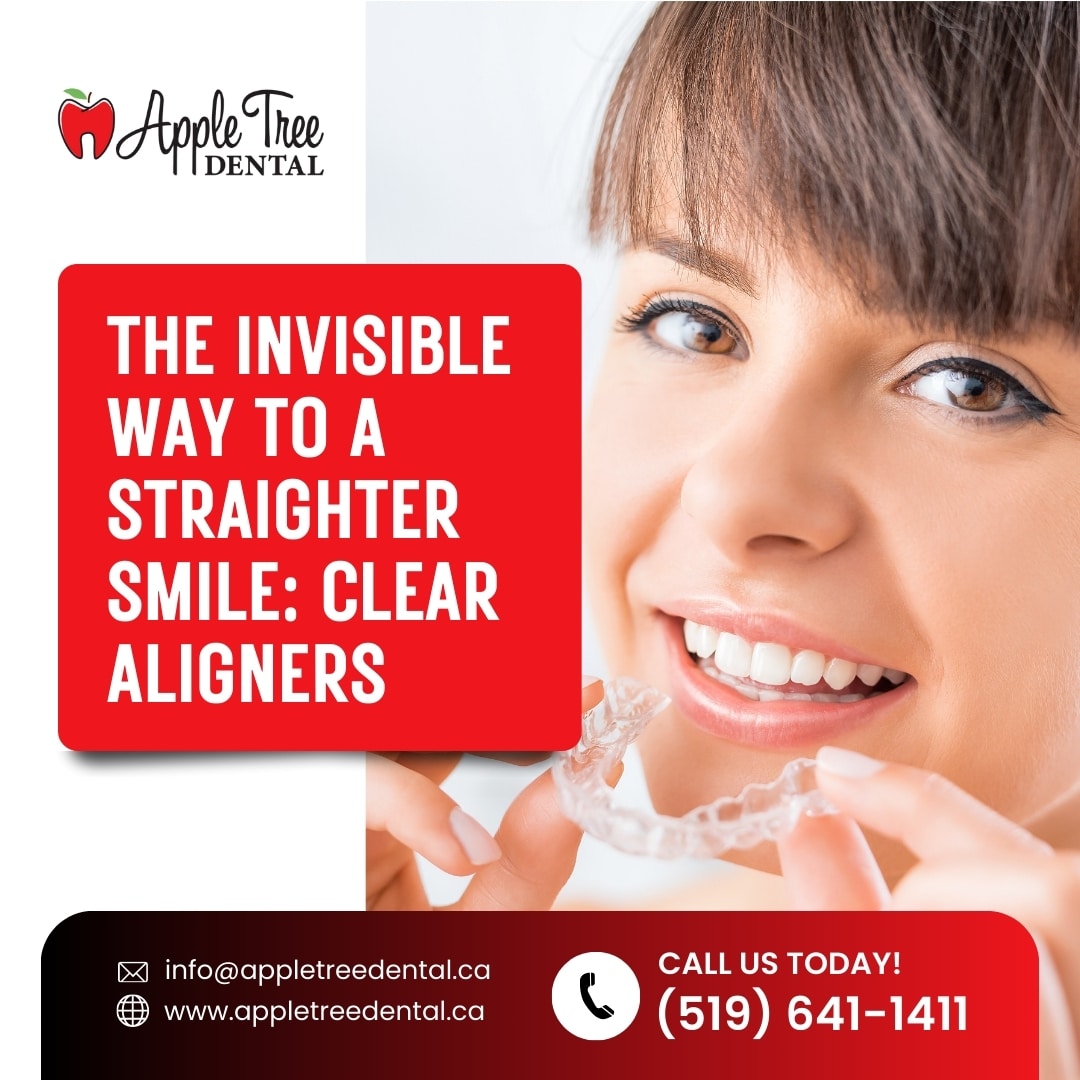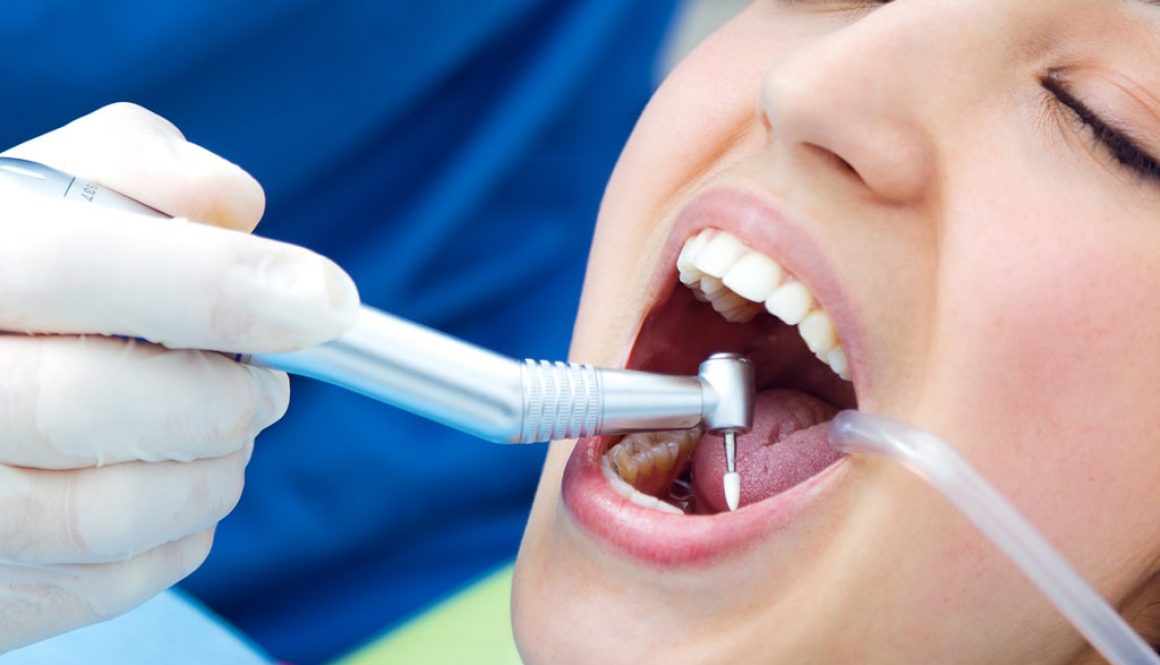Implants Versus Dentures
Blog
Implants Versus Dentures
Introduction:
We have compiled this article on “Implants Versus Dentures“. The reference links are at the bottom of the article.
[1]If you are missing teeth, you’re not alone. More than 35 million Americans do not have any teeth, and 178 million people in the U.S. are missing at least one tooth.
Most people want to replace missing teeth simply to regain their smile –and that’s a great reason. However, missing teeth can have a big impact on your life in a lot of ways. Spaces between your teeth may affect how you chew and eat, leading to nutritional and digestive issues. Even a single missing molar can affect how you chew. Without teeth to support the jaw structure, your facial features may start to look old and distorted, with sunken cheeks and skin wrinkling around the mouth. And, a lack of teeth can make it hard to talk.
While dentures are still a good option for many, modern dental techniques provide alternatives to traditional dentures to replace missing teeth, including implant-supported dentures.
- Dentures (complete and partial). An option if you’ve lost all or most of your teeth.
- Implants and implant-supported dentures. An alternative to traditional dentures growing in popularity.
Implant Supported Dentures
With continued denture use, the underlying bone changes and dentures slowly lose their fit. Eventually, so much bone loss can occur that a well fitting complete denture can no longer be made. Because of potential bone loss and improved comfort, implant supported dentures are a good way to replace missing teeth or to replace conventional dentures that no longer fit well.
Implants can help support dentures in both the upper and lower jaws. They are particularly beneficial for lower dentures. Almost every lower denture wearer would benefit from having two implants to support and retain the denture.
In addition to looking and functioning like natural teeth, implant-supported full bridges or dentures are designed to be long-lasting. Implant-supported full bridges and dentures also are more comfortable and stable than conventional dentures, allowing you to retain a more natural biting and chewing capacity.
In addition, because implant-supported full bridges and dentures will replace some of your tooth roots, your bone is better preserved. With conventional dentures, the bone that previously surrounded the tooth roots begins to resorb (deteriorate). Dental implants integrate with your jawbone, helping to keep the bone healthy and intact.
In the long term, implants can be more esthetic and easier to maintain than conventional dentures. The loss of bone that accompanies conventional dentures leads to recession of the jawbone and a collapsed, unattractive smile. Conventional dentures make it difficult to eat certain foods
[2]Dentures Vs. Dental Implants: Pros & Cons Of Each
According to the American Academy of Implant Dentistry 30 million Americans are missing all of their teeth in one or both jaws. If you are in this situation you might be considering dentures or dental implants. But before you decide which option is right for you, it’s important to understand their differences. Let’s review the pros and cons of each.
Advantages Of Dentures
- Dentures are less costly than implants, making them the most affordable option for most patients.
- Many people choose to start with dentures. Since they are less expensive a patient may try them out and see how they feel.
- If you have just had teeth removed recently, starting with dentures will allow your body time to heal before considering implants.
- Depending on the location of the missing teeth, dentures may be a perfect solution. (Patients often find upper dentures look good and are easy to wear.)
- The process to create the dentures is non-invasive. No surgery required.
- If additional teeth are lost in the future, it is easy to modify the dentures to accommodate the loss.
Disadvantages Of Dentures
- They do not quite look as natural as dental implants.
- They must be removed and thoroughly cleaned regularly. Many patients find the cleaning of cups and adhesives undesirable because they are messy and expensive.
- Dentures are not worn overnight.
- Sometimes dentures slip around making it difficult to speak and eat.
- Certain foods cannot be eaten with dentures. Examples include caramel, apples and corn on the cob.
- There’s an increased risk of gum disease if food is trapped by the dentures.
- They frequently need replacement (every 3 to 6 years compared to 20+ years for dental implants). Also, they’ll break if dropped, requiring replacement.
- Partial dentures are known to weaken the adjacent natural teeth that provide support for the dentures.
Advantages Of Implants
- They’re easy to care for. Just brush and floss as you do your natural teeth.
- Implants look and feel like natural teeth since the root and tooth is replaced.
- Implants allow you to eat any food including things that are sticky and crunchy.
- Dental implants don’t affect speech.
- Bones and adjacent teeth are preserved. Further deterioration is not a problem. They’re less likely to require future dental procedures.
- With proper care, dental implants will last for decades.
Disadvantages Of Implants
- They can be expensive, with single implants costing up to $4,000 per tooth.
- Implants require surgery to install and generally have a lengthy healing process.
At the end of the day, your dentist is your best resource to help you decide what option is best for you and your mouth. Keep in mind that you may decide to start with dentures and eventually progress to implants, but implants are a more permanent option. But both implants and dentures are a big investment. So regardless of which you pick, make sure you have the best dental insurance possible. Click the image below for a FREE consultation with a Solstice team member today – we will make sure you have the right plan for you!
Conclusion:
Thank you for reading this article, and check back frequently for other dental health articles. Should you have any questions, please contact Apple Tree Dental today!
Article compiled by Apple Tree Dental
Article reference links















